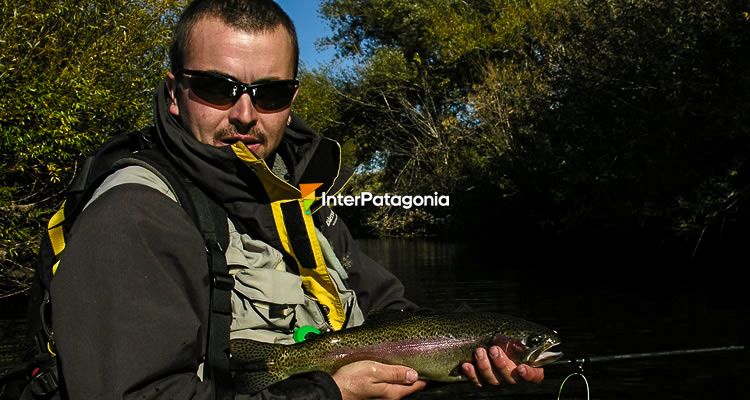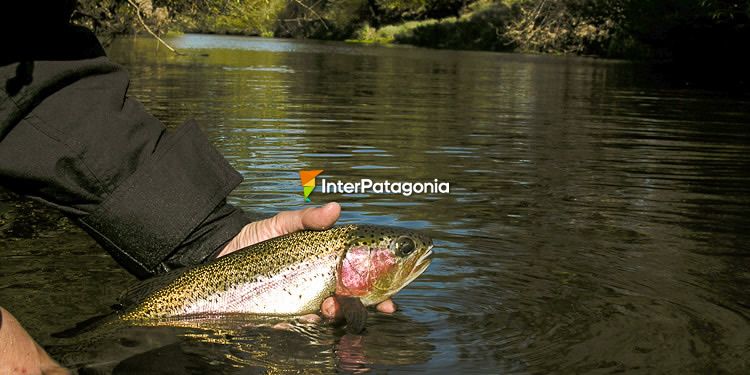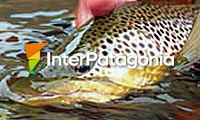
This has become a very popular activity for the past few years in order to minimize the loss of organisms, which has turned into a serious problem in some places, not only due to anglers but also as a result of pollution, deforestation and other disorders produced by our civilization.
That is why it is important to do it in the right way, since the survival of the animal once returned to the water depends on the injuries it suffers when caught.
Although some people say that fish do not feel any pain, it causes a trauma and a high level of stress.

The seriousness of the injury or injuries suffered by a fish will depend on several factors:
1. The depth where the bait gets hooked in the digestive tract, and if the animal has been robbed, the part of its body where it has been wounded and the depth of the wound.
2. The size, shape and type of hook.
3. The time spent "playing" with the trout.
4. The way in which it is taken and kept out of the water.
5. The time it is kept out of the water.
6. The way of extracting the bait.
7. The way of returning it into the water.

1. Do not let the fish become exhausted.
2. Try to touch it as little as possible. If it is necessary to keep it, do it inside the water while you let it rest on the palm of your hand without pressing.
3. Do not introduce you fingers or objects in its branchial cavities.
4. If you use a hook without a fin, just rotate it with a small pair of pliers when you extract it.
5. If the extraction is difficult, cut the line near the mouth of the fish. Do not pull the hook.
6. If the fish finds it difficult to recover, place it facing the current and move it gently back and forth in such a way that fresh water penetrates in its mouth and comes out through its gills.
7. Do not hit it or throw it into the water. Always let the fish escape by its own means after recovering.